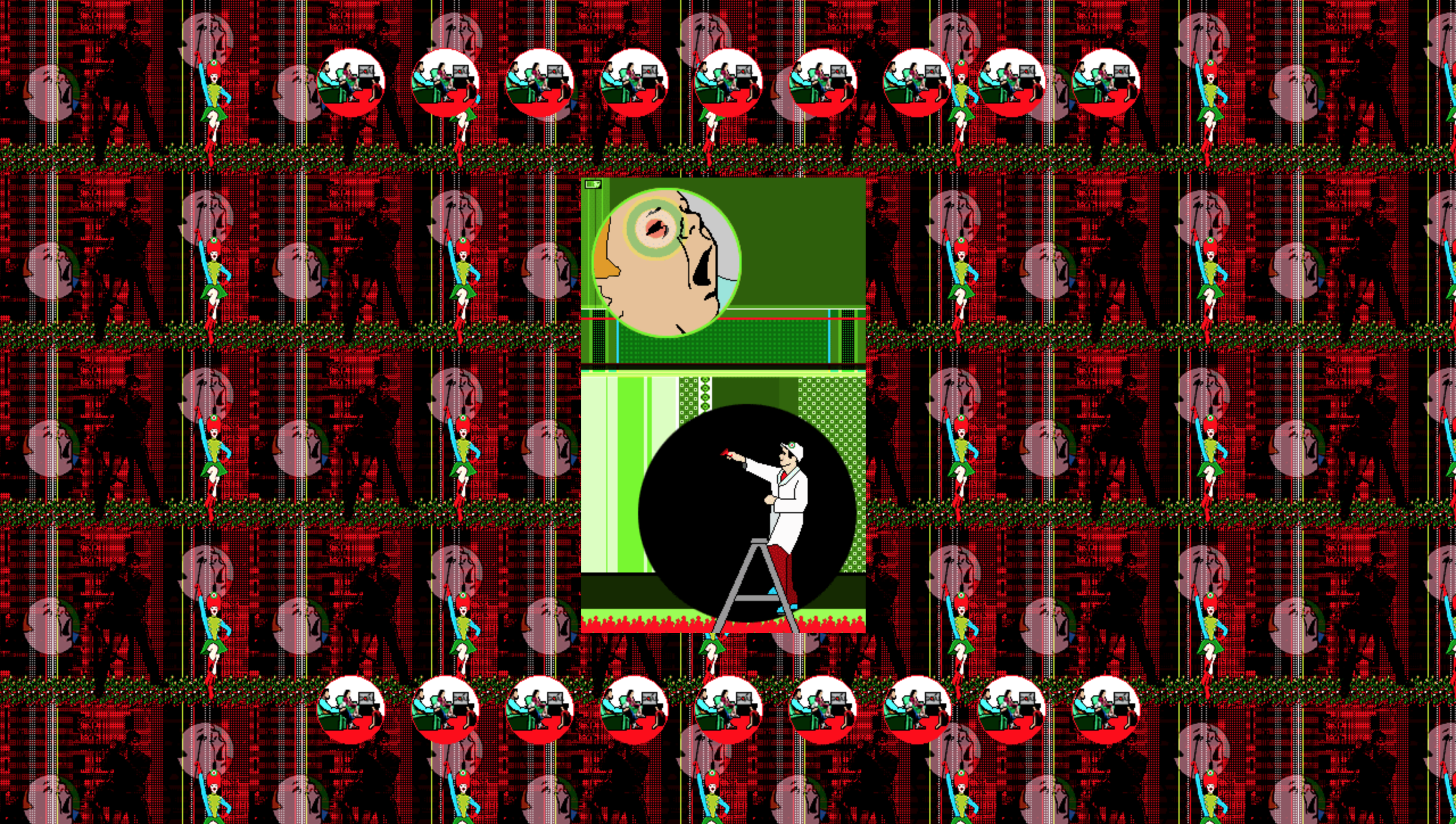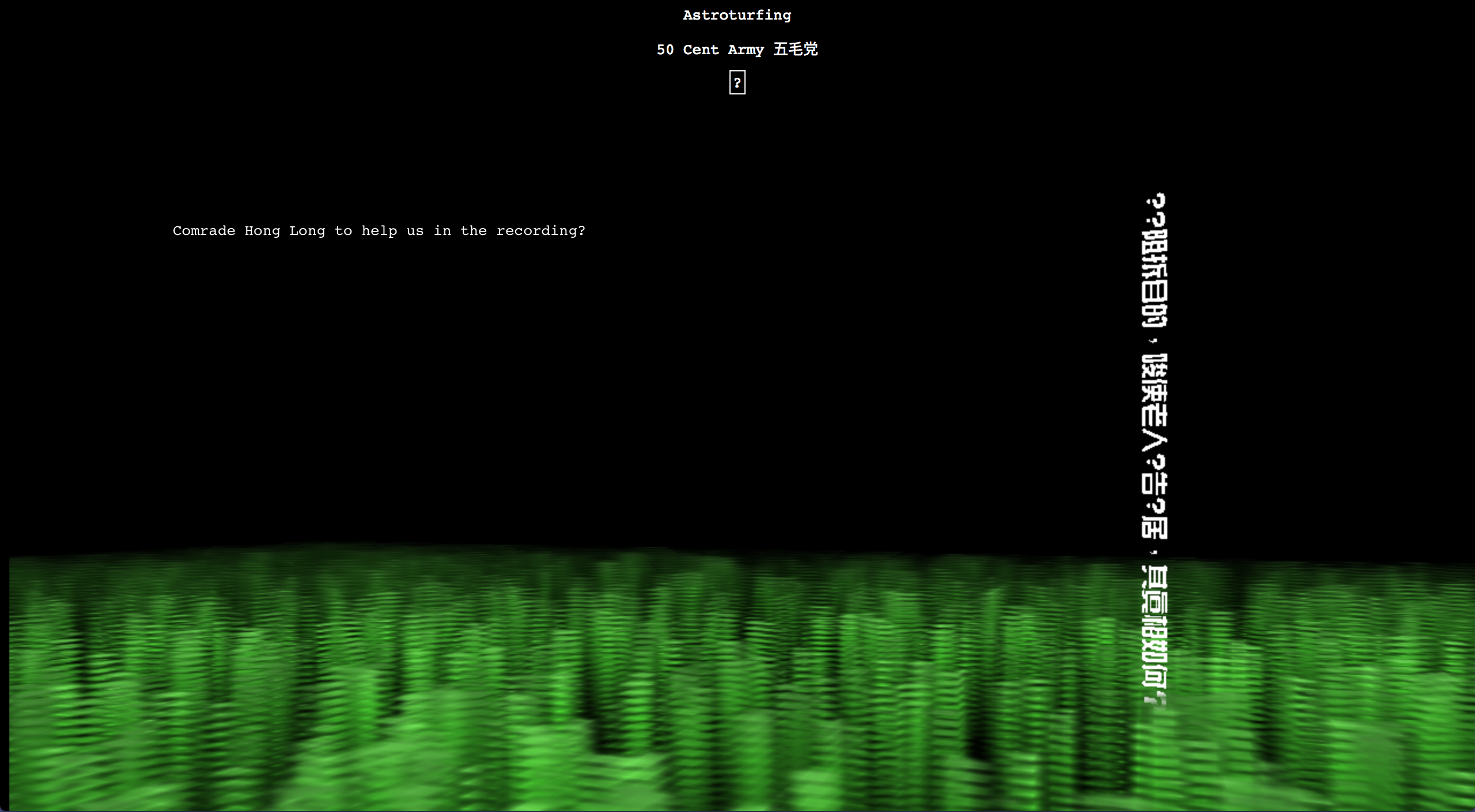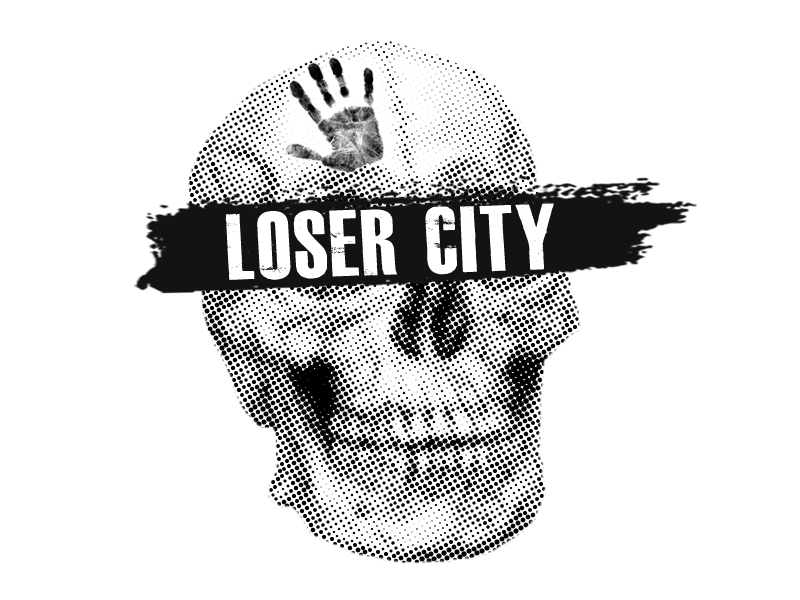The artifact is affirmation. It is the index of that which came before; the something that sits as evidence of time to remind viewers that time exists. The artifact is evidence of time because it moves with time. It ages. It wears. It degrades. Its time gives a particular aesthetic — it has to be old enough to look old.
The digital proves to be a nuanced facet of this physical affirmation. Once an object is released into the digital, its movement through time becomes less conspicuous. The digital ages paradoxically; its code constantly evolves but eventually becomes obsolete. The digital artifact is the embodiment of this paradox, as it is evidence of the antiquated that is still digitally viable. Therefore, the digital artifact poses several inquiries: How are digital objects affected by time? How can artists interpret time’s operation in the nebulous and nonphysical digital realm? How can these objects create a cohesive digital art history?
Artist Lesser Alvarez addresses these philosophical inquiries in his multifaceted digital sculpture series Alternative Artifacts. Alvarez, who is interested in the seemingly primitive without “determinable origin,” creates sculpture that thrives within the static digital realm. Through pixelization and texturization, his “artifacts” seem to be degraded man-made stone objects from prehistory with a functionality distant to modern viewers. His sculptures, particularly the ladder-like Alternative Artifact 2, are constructed as if they possessed purpose in prehistoric culture, but instead simply mimic the aesthetic of a functional artifact; thereby inhabiting the space between an aesthetic sculpture and an object of historical significance. Alvarez simulates physicality in a digital space through the agedness and ambiguity of the sculpture; time is assumed to affect these pieces even though they are artificial. Its artifact status is further verified in the pieces’ composition: the objects are portrayed as if they are being photo documented for “museum purposes,” as indicated by the dramatic photographic flash and various color bars that frame the sculptures. Though the color bars present themselves as legitimate tools for an accurate museum-worthy image, even these tools simply mimic actual color separation guides and gray scales used for museum photography. Their seemingness is incredibly convincing… We as viewers are displaced between what this piece portrays itself to be and what it actually is. These artifacts are then displayed and featured on Tumblr, which once dominated as an art collection space that subverted the functionality and legitimacy of the museum space. Alvarez’s Alternative Artifacts fit within a larger context of digital commentary on subversive seemingness and museum imaging, building upon Tumblr art collectives like The Jogging whose whimsical and often ridiculous works are dignified, curated, and presented as if they were within an institutional setting. Of course, the forgotten and seemingly antiquated site was abandoned at the rise of social media apps like Snapchat and Instagram, becoming an artifact within an artifact.
Ultimately, Alvarez’s piece displaces and reorientates, forcing us to uncover, dig and discover.
See Alvarez’s piece here.
:::

Jessica Mairena is a mixed media artist who currently attends the University of Richmond. Her work primarily focuses on the exploratory integration of conceptual texts, painting, and sculpture.



